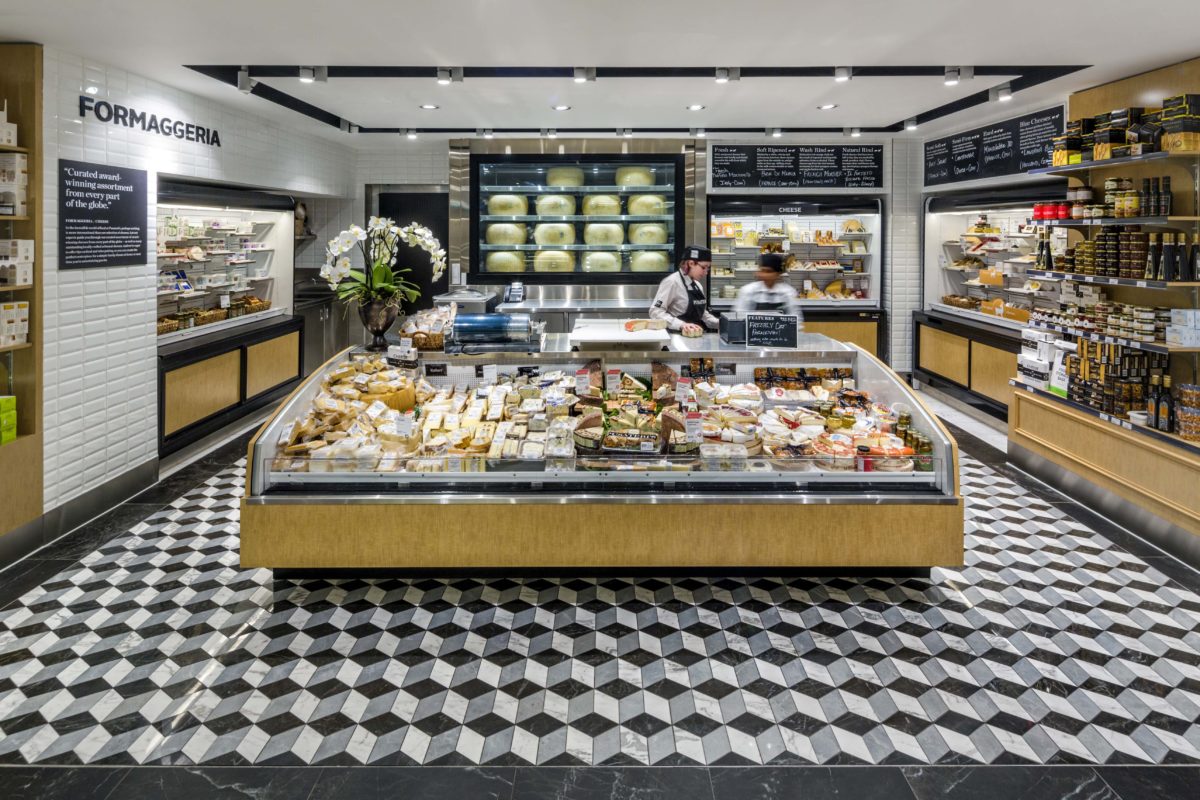Across North America, the food hall concept is growing in popularity among developers and consumers. Frank Di-Niro, Design Director at Benoy North America, looks at reasons why and outlines the five pillars of successful food hall design.
Return to Future ThinkingCreating a winning food hall experience
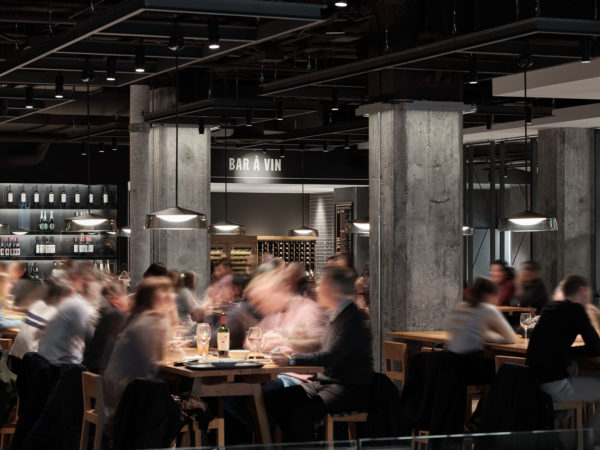
In 2018, there were 150 food halls in the US. In 2023, this number had more than doubled to almost 360. With New York leading the way, over the past five years food halls have been springing up in Miami, Dallas, LA and other cities across the US, while also spreading to Montreal, Toronto and the Canadian market.
In a clear shift away from the traditional food court, with its focus on national tenants and fast food outlets, the food hall offers an eclectic mix of local artisanal produce, gourmet restaurants, food stalls and boutiques. Its rapid growth is linked to a desire for new experiences among consumers, who’ve grown tired of monocultural, cookie-cutter food concepts. The need for increased social interaction within F&B and retail, post-Covid, has been another major driver.
The North American food hall offers a unique mix of spaces and experiences within department stores and shopping malls. By integrating with the surrounding retail offers, the food hall becomes a catalyst for rich and diverse consumer engagement. Communal seating and dining areas also help to bring people together to celebrate the social dimension of food and drink.
And the format has been hugely successful, driving increased footfall and revenue across multiple developments, with another 150 food hall projects planned in North America over the next few years. The Benoy portfolio alone is testament to the growing demand within this burgeoning market. In the last few years, we’ve worked on food hall designs for American Dream in New Jersey, Pusateri’s in Toronto, and Time Out Market in Montreal, to name just a few.
But what makes a successful food hall? As we’ve seen in our work across Canada and the US, food hall design requires the skilful blending of multiple elements, underpinned by five key pillars. These pillars are:
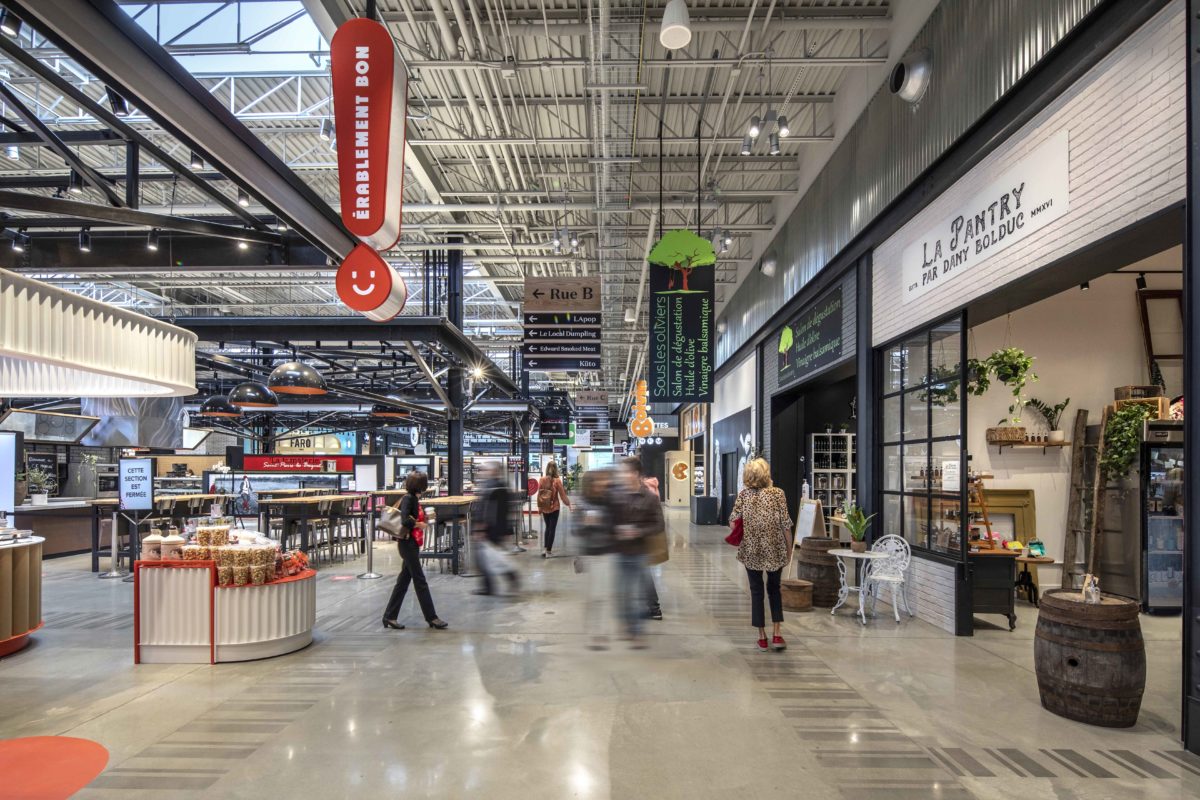
1. Affordable gourmet food
A winning food hall experience depends upon a strong gourmet dimension, signalling a break from the national food franchise model that’s prevailed in traditional food courts. The gourmet offer is critical to food hall identity, often drawing on local restauranteurs or start-ups to add a distinctly local flavour.
But affordability is crucial. If a food hall replaces a food court within a mall, developers have to ensure consumers still have affordable dining options. In the early days of the food hall evolution, some outlets were charging $25 for lunch, which simply wasn’t sustainable. Price shouldn’t be a barrier to quality, and the food hall has to allow for gourmet consumption that doesn’t hit customers’ wallets.
At the same time, there is still appetite for casual food concepts, and elements of the food court can co-exist alongside more progressive food hall designs. Retaining a few casual food outlets adjacent to a food hall promotes choice and diversity, which is the key to positive consumer experience.
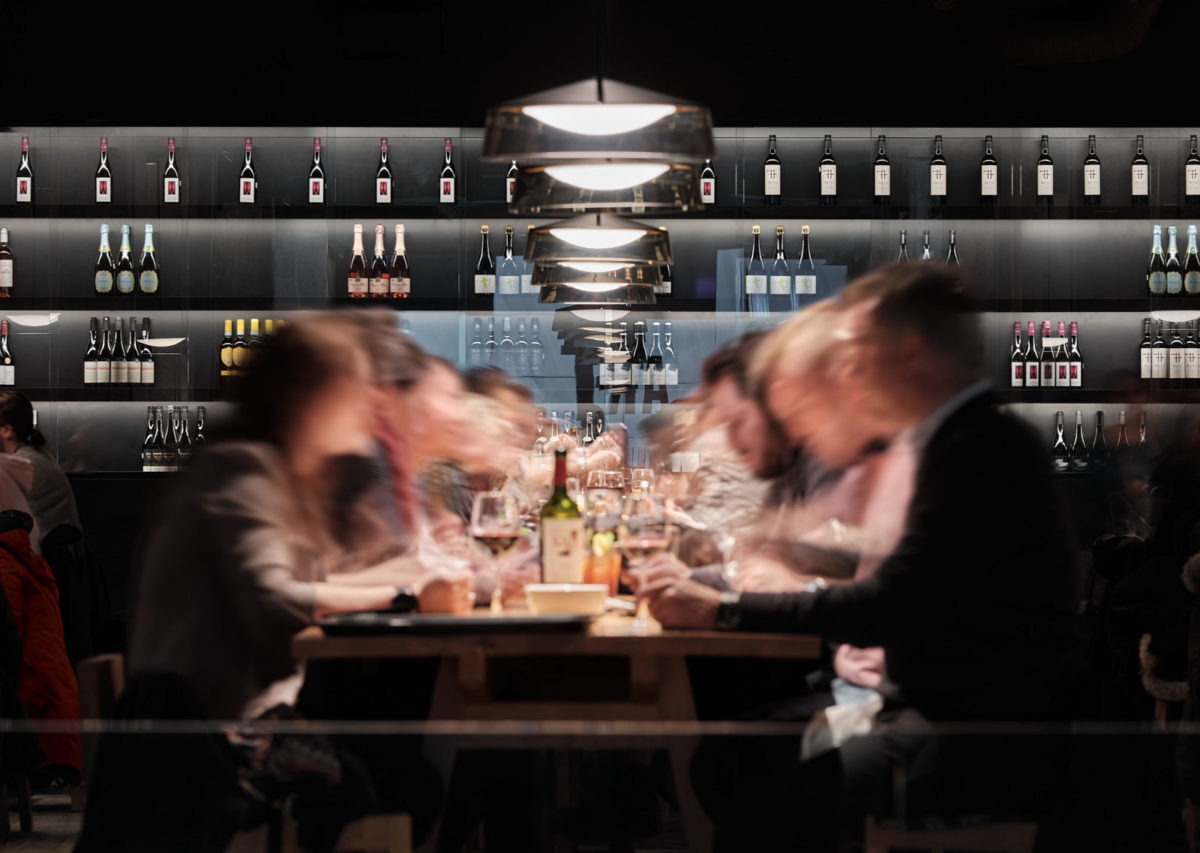
2. Bar scene
A food hall isn’t just about food. A bar scene helps to expand the food hall offer, extending opportunities for consumer engagement. Indeed, a liquor licence increases the hours of operation, which enables developers to benefit from the nighttime economy, as well as daytime trading. It also means consumers can enjoy a drink with their meal, providing they sit within the licensed area.
In projects we’ve worked on, we’ve seen how a tequila bar, champagne bar or beer garden can create small, secluded pockets of experience away from the central bustle. Spatial adjacencies also mean parents can sample a craft ale or wine while watching their kids explore the playful elements of the food hall (see below). In this way, the bar scene means there’s something for everyone, providing a more complete offer for a broad consumer base.
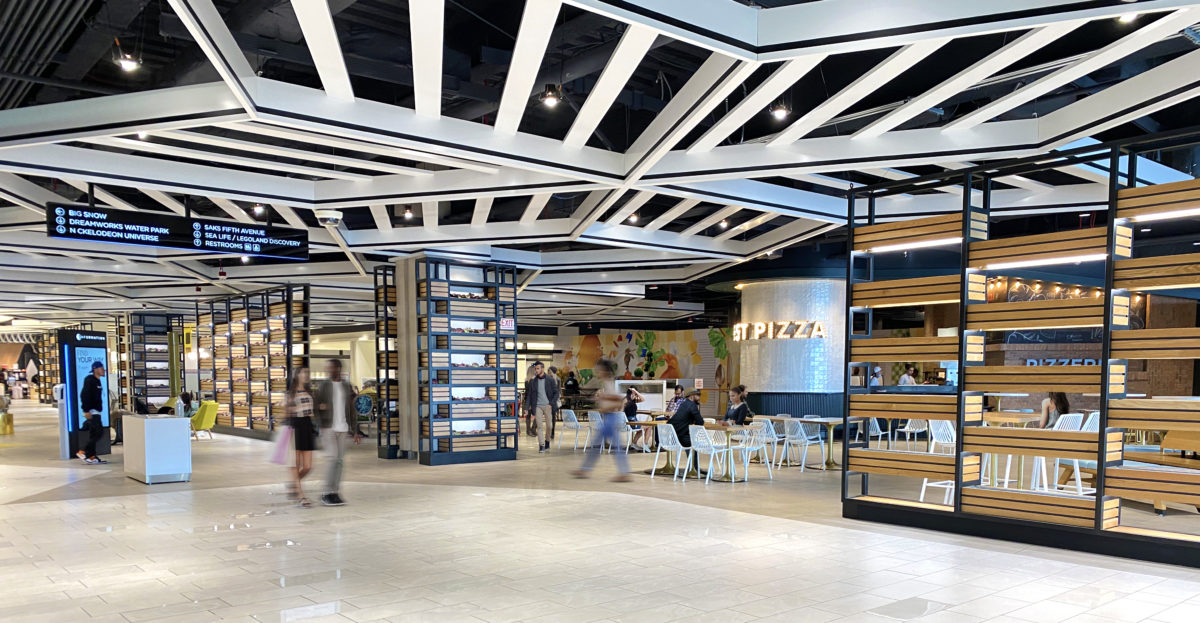
3. Entertainment
The food hall is all about creating a new, dynamic and non-traditional environment for F&B. In many developments in the US and Canada, these criteria are met through entertainment. Flexibility of space means that food hall areas can be given over to DJs, salsa dancing or disco. This enables a shift in ambience and experience, often accompanied by a change in lighting – a palpable switch of mood and expectation. Complementing the bar scene aspect, these functions mean greater nighttime exposure and opportunities for revenue generation.
Entertainment also facilitates play. In a food hall project we’ve been working on for American Dream in New Jersey, we’ve designed play areas complete with table-football, Giant Jenga, ping-pong and Connect Four. Promoting fun and playful activation, these elements animate the food hall space and once again enable diverse consumer interactions. Above all, they create an energy and vibrancy, closing the door on the cold, sterile and characterless food venues of the past.
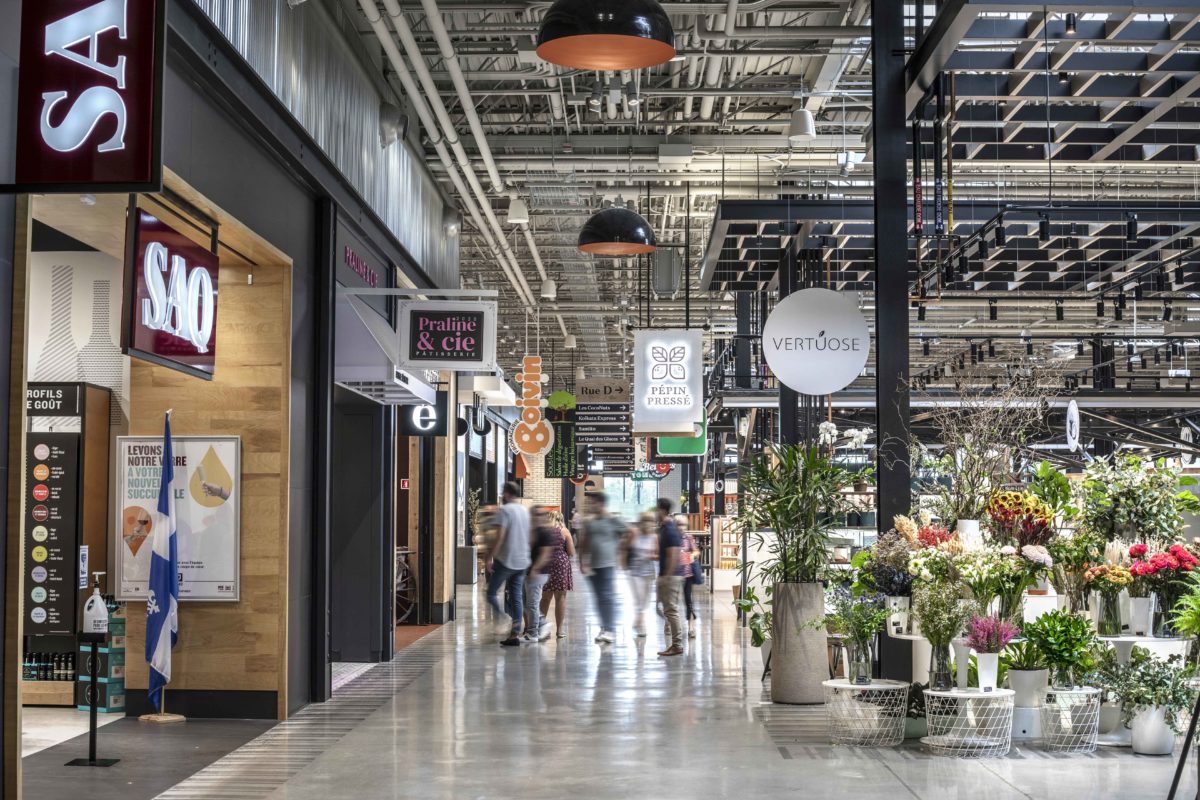
4. Knowledgeable staff
Modern consumers often want to know about food provenance, cooking and consumption. Having knowledgeable staff on hand therefore helps to meet the growing demand for food education and insight. Stall or outlet vendors who can answer questions and describe the ‘story behind the product’ will help to satisfy inquisitive visitors.
At the same time, food halls present a great opportunity for demo kitchens, culinary events and classes, where guest chefs can showcase their skills and teach specific dishes and techniques. Cook-a-long sessions often create loyal followings, while opening up additional revenue streams. Such events also contribute to the immersive food hall environment – a place that provides not only gourmet food, but knowledge and discourse on food culture and cuisine.
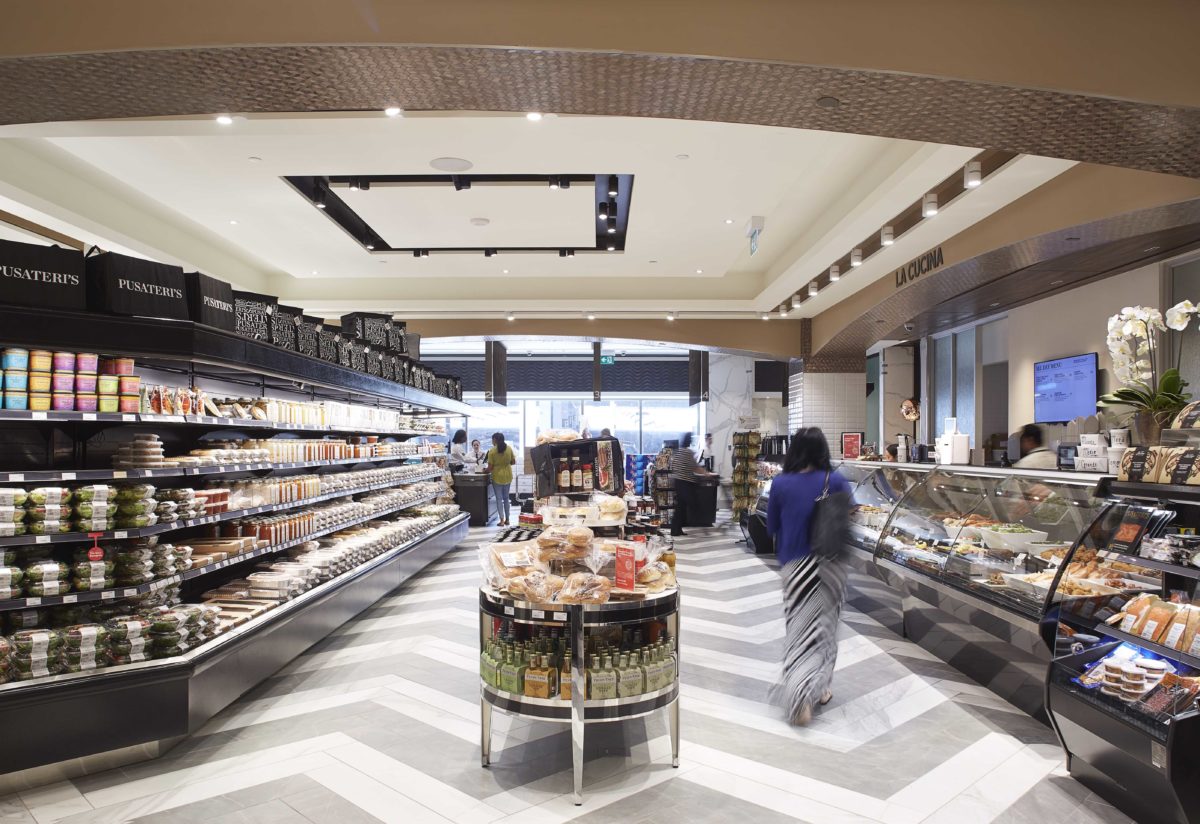
5. Local retail
Another key aspect of the food hall is the opportunity to integrate with local retail items and outlets, such as cookware shops, homeware or florists. For one of Benoy’s key projects in Canada, Saks Food Hall by Pusateri’s in Toronto, we merged a high-end retail and food venue, drawing on lessons learned from London, Paris and Berlin. In the space we designed, there’s a flower shop behind a gourmet meat display, surrounded by a wider grocery component and sushi bar. All of which is adjacent to a men’s fashion department.
This unique mix of functions allows for a rich cross-fertilisation of influences and ideas, with sit-down dining enveloped by diverse retail offers. The inclusion of grocery also adds another dimension not often experienced in shopping centres or urban retail settings. It’s another example of the range of experiences and opportunities afforded by the modern food hall model.
